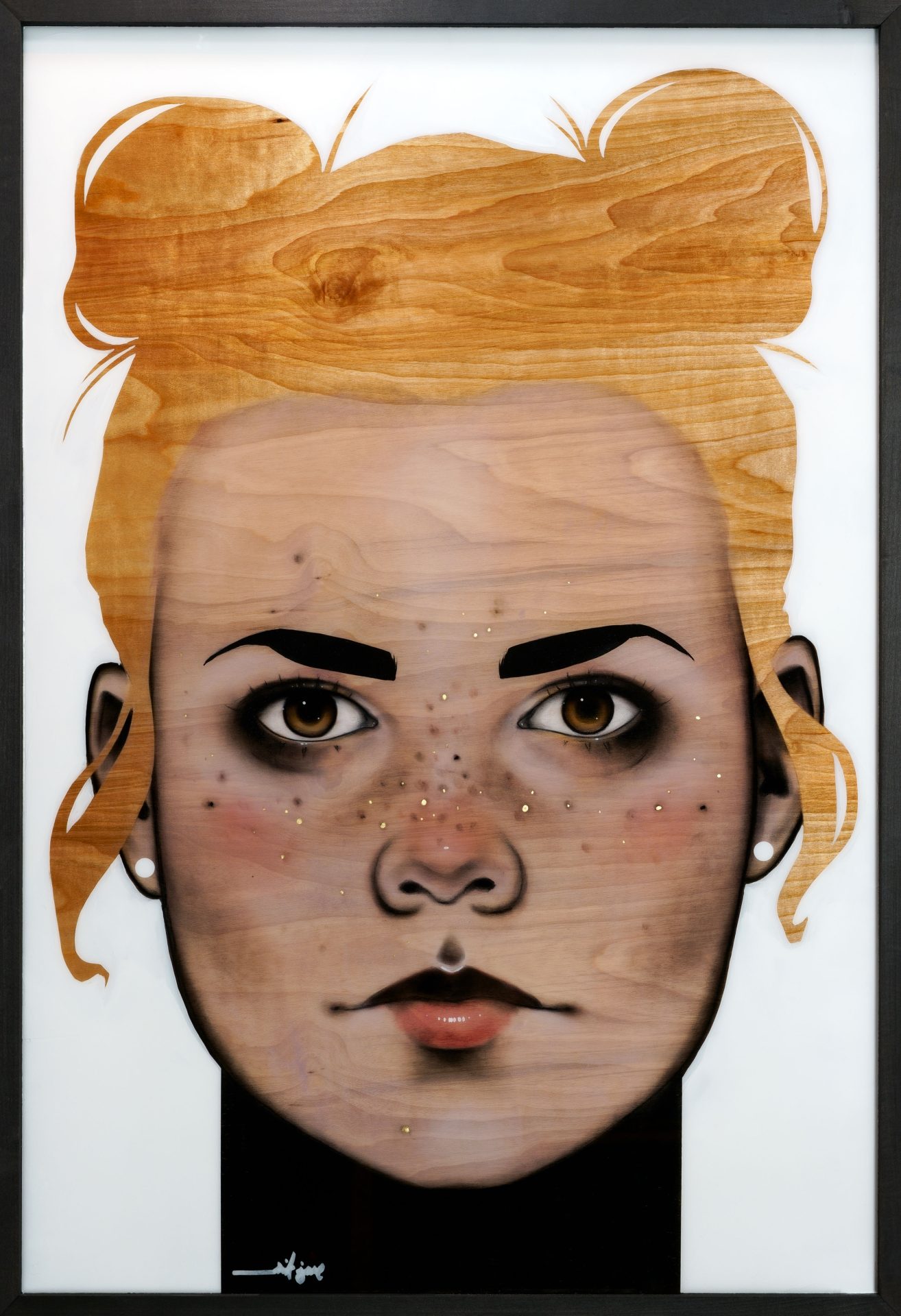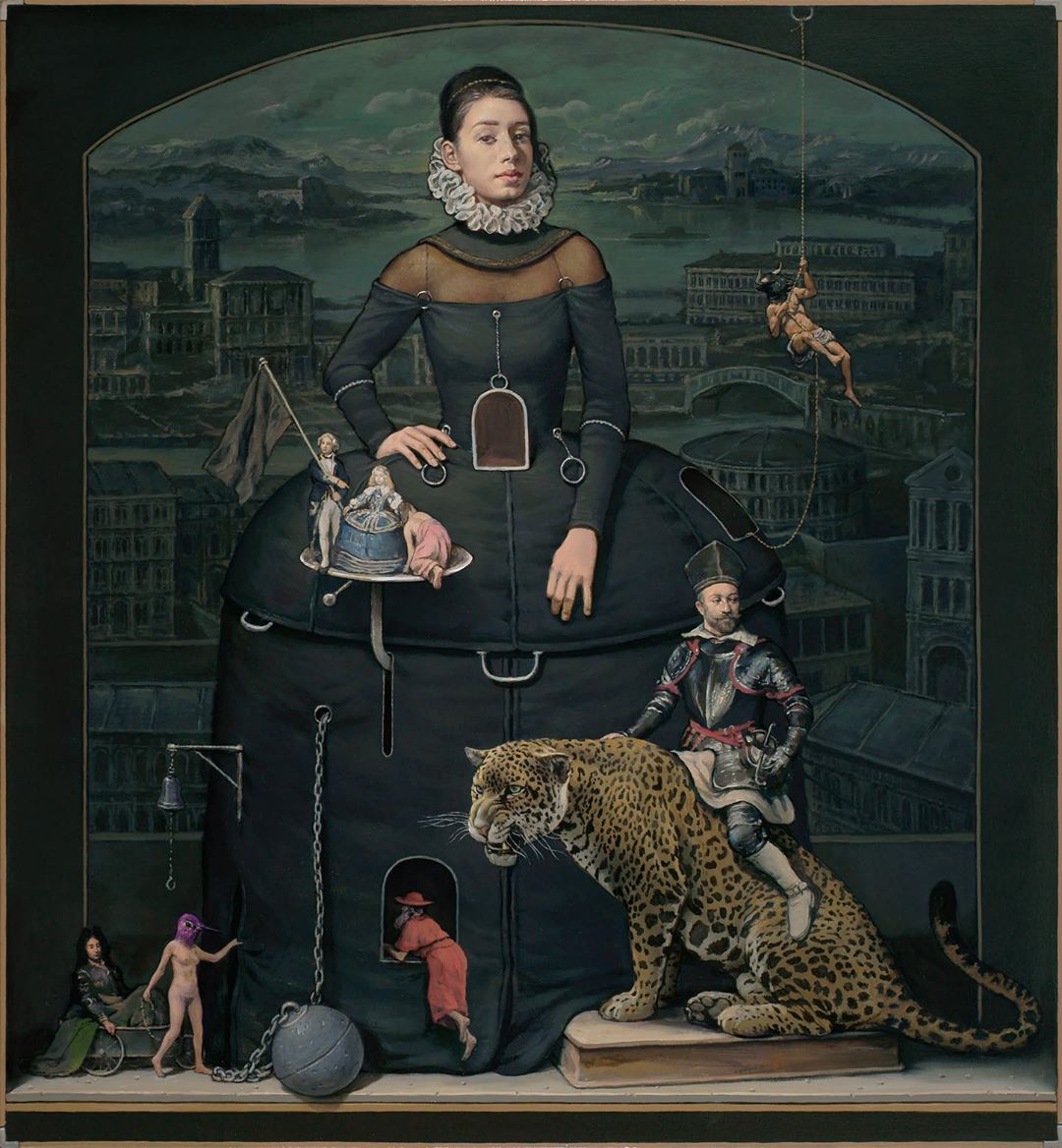
Jakub Rozalski (aka “Mr. Werewolf”) is a Polish concept artist and illustrator who describes the world in his paintings as a futuristic 1920s Eastern Europe, or “1920+”. Previously featured on our blog, Rozalski’s works contrast the soft nostalgia of 19th and 20th century inspired scenery under attack against giant mecha robots. While warring nations combat mechanical beasts in epic battles that feel alien and also vaguely familiar, Polish shepards and farmers in the countryside work their land alongside wild animals. “I like to mix historical facts and situations with my own motives, ideas and visions,” he says, “I attach great importance to the details, the equipment, the costumes, because it allows you to embed painting within a specified period of time.” Many of his latest works, featured in his upcoming self-published art book “World of Scythe”, depict dramatic scenes from various real wars; One piece refers to the Battle of Grunwald during the Middle Ages, and the Polish–Soviet War in 1920. Here, we find the Polish army encircled by giant enemy Nazi and Soviet cyborgs. Although beautiful and strikingly detailed, the image has an atmosphere of utter horror. Rozalski says, “to commemorate this sad and tragic period in history, in my own way, to light on this parts of history that usually remain in the shadows of other events… remember and honor the history, but live in the present.” To learn more about Rozalski’s world and characters, you can visit his website for the series here.










 It's blistering cold outside, but the whiskey is keeping you warm and the crackling of the record player is drowning out the howling wind outside.
It's blistering cold outside, but the whiskey is keeping you warm and the crackling of the record player is drowning out the howling wind outside.  In
In 
 There is seemingly no element too exotic to inhabit an oil painting by Alan MacDonald, whose works traverse cultures and histories to present something always elegant in execution. At the base of MacDonald’s work seems to be a need for adventure, exploring inspiration and varying perspectives in each work.
There is seemingly no element too exotic to inhabit an oil painting by Alan MacDonald, whose works traverse cultures and histories to present something always elegant in execution. At the base of MacDonald’s work seems to be a need for adventure, exploring inspiration and varying perspectives in each work.